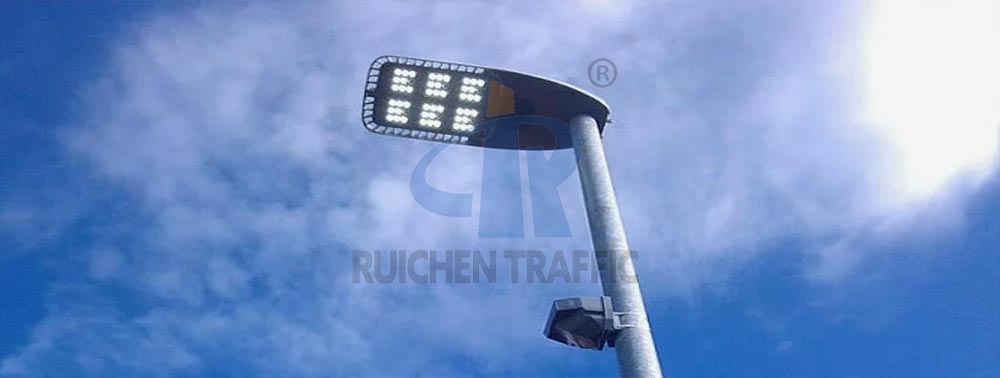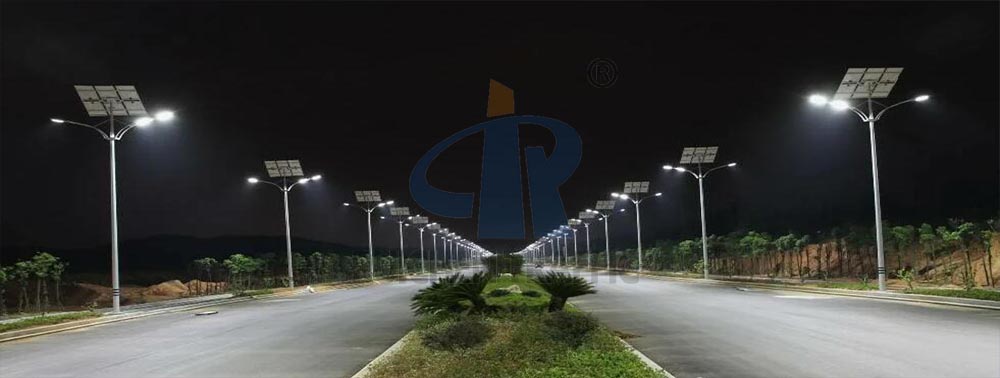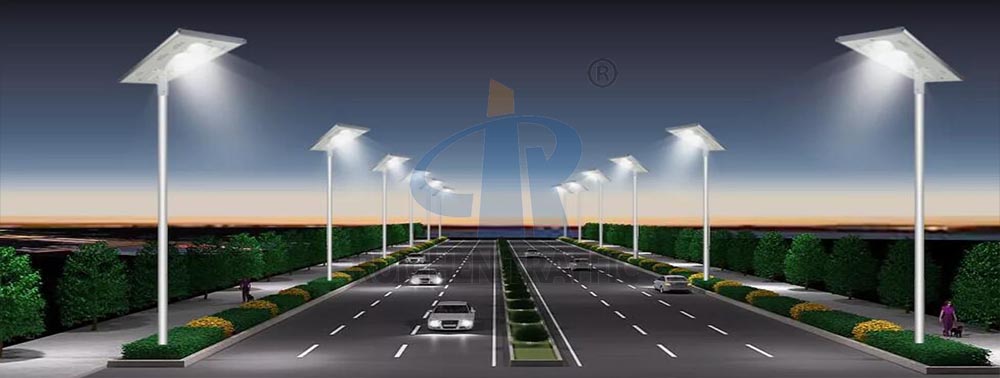First of all,
Solar Street Lights usually have certain design parameters for rainy days, which refers to the number of days that street lights can work normally on continuous rainy days without supplementary solar energy. The default number of rainy days for
Solar Street Lights produced by most manufacturers is three days, while the number of rainy days for integrated Solar Street Lights will be longer, ranging from five days to seven days. Within the specified number of days,
Solar Street Lights can still work normally even if they cannot replenish solar energy.

However, the impact of haze weather on
Solar Street Lights is slightly different from that of rainy days. Haze weather is equivalent to rainy weather. If the configuration of
Solar Street Lights is not very high, the solar panel will be exposed to sunlight for a short time and absorb very little light energy, resulting in insufficient power of the solar battery. In continued haze weather,
Solar Street Lights will not light up. Therefore, in smog-prone areas, high-configuration
Solar Street Lights should be used. The higher the configuration, the larger the battery capacity. With the same light source power, the lighting time will not be shortened, and the number of continuous rainy days will be longer, even if there are several fogs in a row. Even in hazy weather, the lights can be kept on normally.

In addition, for the performance of
Solar Street Lights in rainy, hazy and other weather conditions, the street light's battery reserve and charging technology also need to be considered. If the battery reserve is sufficient and efficient charging technology is adopted, the working performance of
Solar Street Lights will be more stable in rainy days, haze and other weather conditions.

Generally speaking,
Solar Street Lights can work in rainy days, haze days and other weather conditions, but the specific number of rainy days or haze days, as well as how much the brightness is reduced and how much the working time is reduced, all need to be determined.
Solar Street Lights are evaluated based on their specific design configuration and local weather conditions. Therefore, when choosing
Solar Street Lights, you need to choose the appropriate street light model and configuration based on local climate conditions and actual needs.


